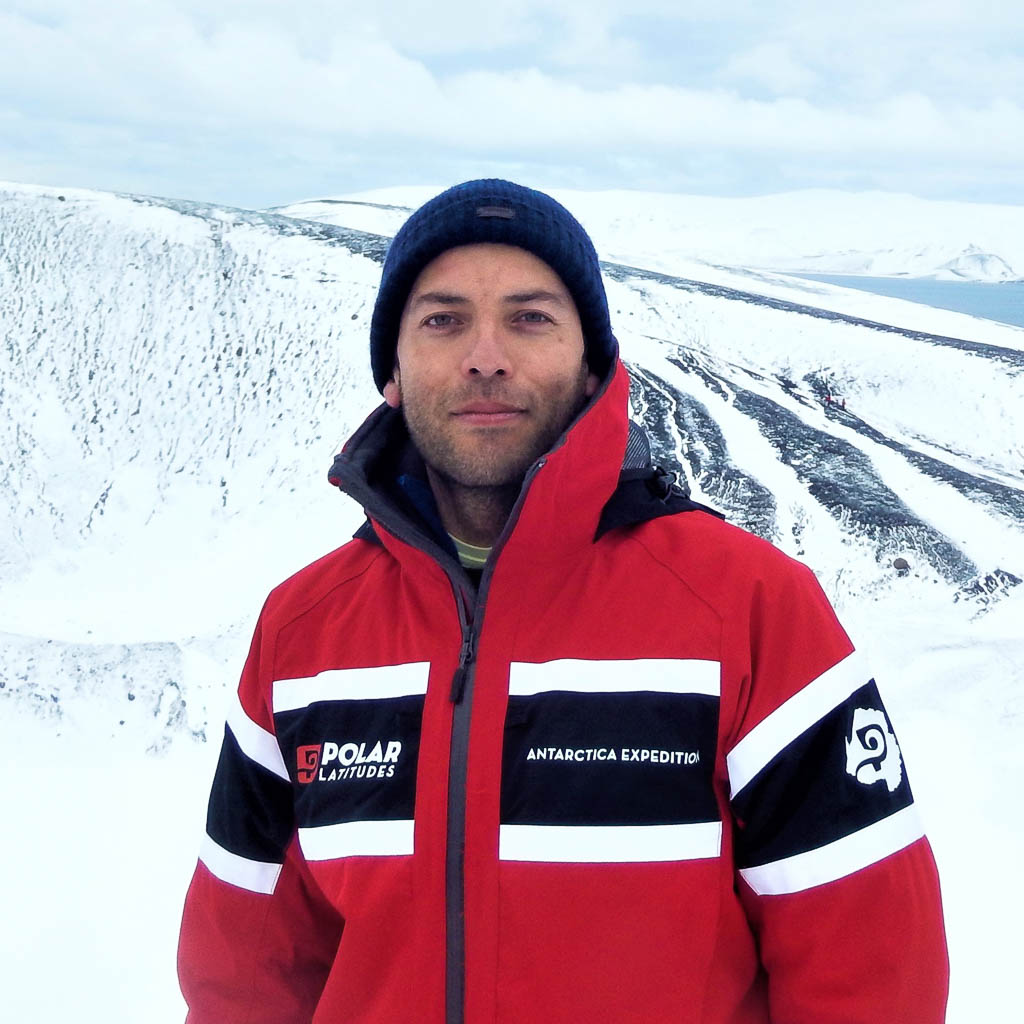
Citizen scientists with the Danish Hedgehog Project found the oldest hedgehog on record as part of a larger survey of the population of spiny critters’ health, and he’s old enough to drive in the US.


Citizen scientists with the Danish Hedgehog Project found the oldest hedgehog on record as part of a larger survey of the population of spiny critters’ health, and he’s old enough to drive in the US.
‘Citizen science‘ doesn’t always get lauded as the most productive form of research—in fact, it’s sometimes marketed to spirited travelers on vacation. But the results of a study of the hedgehog population in Denmark, called the Danish Hedgehog Project, speak for themselves this time. Thanks to over 300 volunteer citizen scientists, 697 hedgehogs from rural and urban Denmark were documented, including the oldest hedgehog ever found—endearingly named Thorvald.
“I cried tears of joy that I was holding an individual that lived for 16 years. That’s really good news for conservation,” lead author Sophie Lund Rasmussen of the Wildlife Conservation Research Unit at Oxford University, told the Guardian.
Researchers can determine a hedgehog’s age based on the number of rings in its jawbone, not unlike counting a tree’s growth rings. The venerable elder Thorvald, brought in as part of the study, was 16 years old at the time of its death—old enough to go out for a pint in its native country and seven years older than the prior record holder.
Aside from a few other long-lived (for hedgehogs) compatriots, though, the average age of the collected hedgehogs was only two years. One in three didn’t survive past their first year.
“If they manage to survive to reach the age of two years or more, they would have likely learned to avoid dangers such as cars and predators,” Rasmussen told Phys.org. This ability to learn could be one reason that might explain the large spread in the collected hedgehog’s lifespans.
If you’re wondering precisely what dangers might plague a hedgehog, the study’s findings are probably almost exactly what you would guess. Over half were killed by cars when crossing the road, and around a fifth died from dog attacks and natural causes, respectively. Male hedgehogs have larger territories, putting them into the paths of automobiles more often. Sadly, the peak season for hedgehog fatalities is their mating season, when they roam further afield in search of partners.
Hedgehogs aren’t considered endangered at this point, but their populations have been declining across Europe in recent decades. Since the turn of the century, the British Hedgehog Preservation Society has documented declines by as much as 75 percent in some rural regions of the country, and more modest declines in urban areas. The Danish Hedgehog Project is just one of many national and local organizations that have sprung up to better understand the threats and needs of the spiny animals.
The survey turned up some promising information for conservationists, besides lifespans and risk factors. The hedgehogs found were fairly inbred, which is not good news, but that didn’t seem to impact life expectancy, which is. Inbreeding, resulting from a lack of new and diverse genetic material entering the gene pool, is common in species with declining populations. It can result in a range of health conditions, some fatal or at least compromising, being passed on. So the fact that measurable inbreeding so far isn’t harming the hedgehog’s longevity is great news for anyone worried about the species adapting to changing habitats and increased development.
The spiny little animals also have hundreds of volunteers who contributed to the project in their corner, which won’t hurt their chances either. In this instance, human involvement has proven to be a boon for conservation efforts. Those who are interested in spending their free time working in citizen science can rest assured that efforts have been proven to be effective across many studies, not just this one. One study published in January 2022 in the Environmental Policy and Governance journal that analyzed the overall efficacy of citizen science initiatives affirms it. “We measured whether the perceptions of water quality among ordinary citizens is reliable, and if it is affected by individual-level factors such as gender, emotions or education level,” wrote Ruslan Gunko, the lead researcher. “Our results confirmed our expectations by showing that citizen science can be a reliable source for researchers.”
That’s good news for Thorvald, and for all of us.

Miyo McGinn is Adventure.com's US National Parks Correspondent and a freelance writer, fact-checker, and editor with bylines in Outside, Grist, and High Country News. When she's not on the road in her campervan, you can find her skiing, hiking, and swimming in the mountains and ocean near her home in Seattle, Washington.








Can't find what you're looking for? Try using these tags: